Northrop F-5

Northrop F-5A
The Northrop F-5 is a family of supersonic light fighters originally designed as a privately funded project in the late 1950s by the Northrop Corporation. There are two main models, the original F-5A and F-5B Freedom Fighter variants and the F-5E and F-5F Tiger II variants which were extensively updated with the addition of General Electric J85 engines and a greater focus on high performance and low maintenance costs. The F-5 is cheaper to procure and operate, making it a popular export aircraft. Although designed primarily for the day-to-day air superiority role. The F-5A entered service in the early 1960s. During the Cold War, over 800 units were produced until 1972 for US allies. Although at that time the United States Air Force (USAF) had no need for light fighters, it purchased approximately 1,200 Northrop T-38 Talon trainers, which were based on Northrop's N-156 fighter design.
Wikipedia
Northrop F-5E Tiger II

Northrop F-5E Tiger II
In 1970, Northrop won the International Fighter Aircraft (IFA) competition to replace the F-5A, with superior air-to-air performance compared to aircraft such as the Soviet MiG -21. The resulting aircraft, initially known as the F-5A-21, later became the F-5E. The F-5E first flew on August 11, 1972. It had a General Electric J85 -21 engine and had a longer, larger fuselage, so it could hold more fuel. The wings are equipped with an enlarged leading edge extension, thereby increasing the wing area and improving maneuverability. The aircraft's avionics are more advanced, including the addition of an Emerson Electric AN/APQ-153 radar. The aircraft retains its two-cannon M39A3 armament. A variety of specific avionics equipment can be accommodated upon customer request, including inertial navigation systems, TACAN equipment and ECM. Additionally, the two-position nose landing gear of the Canadian CF-5 was incorporated to reduce takeoff distance.
The F-5E finally received the official name Tiger II. 792 F-5Es, 146 F-5Fs, and 12 RF-5Es were ultimately built by Northrop. Many more were built under license abroad: 91 F-5Es and F-5Fs in Switzerland, 68 by South Korea, and 308 by Taiwan.
The F-5E proved to be a successful fighter in service with US allies, but did not see combat service with the US Air Force, although a modified F-5A, designated the F-5C, was flown by the US in Vietnam. The F-5E evolved into the single-engine F-5G, which was renamed the F-20 Tigershark for export to US allies. However, its export sales were inferior to those of the F-16 Fighting Falcon in the 1980s
Wikipedia
LOADOUT
M39A2 x 2 (560 rounds)
The M39 cannon is a 20 mm caliber single-barreled revolver cannon developed for the United States Air Force (USAF) in the late 1940s.

AIM-9J x 2
AIM-9J is a further improvement over AIM-9E.
MK-4 FFAR x 19 x 2 (38 rockets)
The Mk-4 FFAR was a 2.75 inch (70 mm) diameter unguided rocket used by interceptor aircraft to shoot down enemy bombers. Although originally developed for air-to-air combat, the FFAR has proven to be very effective when used in air-to-surface operations.
AGM-65B x 2
The AGM-65B is an improvement over the A model by adding optical zoom to lock onto small and distant targets.
Mark-84 x 1
Mark 84 (Mk-84) or BLU-117 is an American multi-purpose bomb, also the largest bomb of the Mark 80 series.
B83 Nuclear Bomb x 1
B83 is a variable yield thermonuclear gravity bomb (Dumb Bomb) designed by Lawrence Livermore National Laboratory and developed by the United States in the late 1970s and entered service in 1983.
CONTROL&FUNCTION
Flight Control: Normal
AG1/Brake: Air Brake
AG2: Drag Chute
AG3: Drop Fuel Tank
AG4: Open Canopy
AG5: Tail Hook
AG6: None
AG7: Ejection Weapon
AG8: Lights
VTOL Down: Flaps
Yaw: Nose Wheel Steer
FLIGHT GUIDE
Takeoff procedures
- Set flaps 100% and throttle 50%
- Wait for the plane to reach a speed of 300+km/h
- Wait for the plane to fly by itself
- Enter the landing gear if the plane is already in the air
- Speed ??380km/h, set flaps 45%
- When reaching a speed of 450km/h, set the throttle to 85%, flaps to 0%, and trim to -5% until the aircraft flies stably
- If you want to fly supersonic, set the throttle to 100% and trim to 15% until stable
Landing procedures
- Slow down the aircraft to 350km/h before entering the runway
- Set flap 50% and throttle 10% when reaching speed 300km/h
- Land the plane carefully, use trim for a smooth landing
- If you are on the runway, set flap 0% and throttle 0-1%
- Use air brakes, drag chutes, or wheel brakes to slow the plane to a speed of 20-25km/h
Nuclear bombing procedures
- Remove all weapons and fuel tanks (Except Intercept Missile)
- Fly with afterburner up to full speed
- Flies at altitudes 8,000-10,000 m (26,246-32,808 ft)
- If a nuclear bomb (B-83) has been launched, perform a Pitchback maneuver and move away approximately 17,000 m (17 km/55,774 ft) from the bomb/target drop point
Gallery





Special thanks to
Screenshot
PUMPKINSIDD
Specifications
Spotlights
- Dimkal 1.9 years ago
- Aghsan22 1.9 years ago
- Bryan5 1.9 years ago
- CCCP0000001 1.9 years ago
- PUMPKINSIDD 1.9 years ago
General Characteristics
- Successors 1 airplane(s)
- Created On Windows
- Wingspan 32.3ft (9.8m)
- Length 68.6ft (20.9m)
- Height 15.8ft (4.8m)
- Empty Weight N/A
- Loaded Weight 10,266lbs (4,656kg)
Performance
- Power/Weight Ratio 5.417
- Wing Loading 31.1lbs/ft2 (151.8kg/m2)
- Wing Area 330.1ft2 (30.7m2)
- Drag Points 3189
Parts
- Number of Parts 682
- Control Surfaces 7
- Performance Cost 3,577

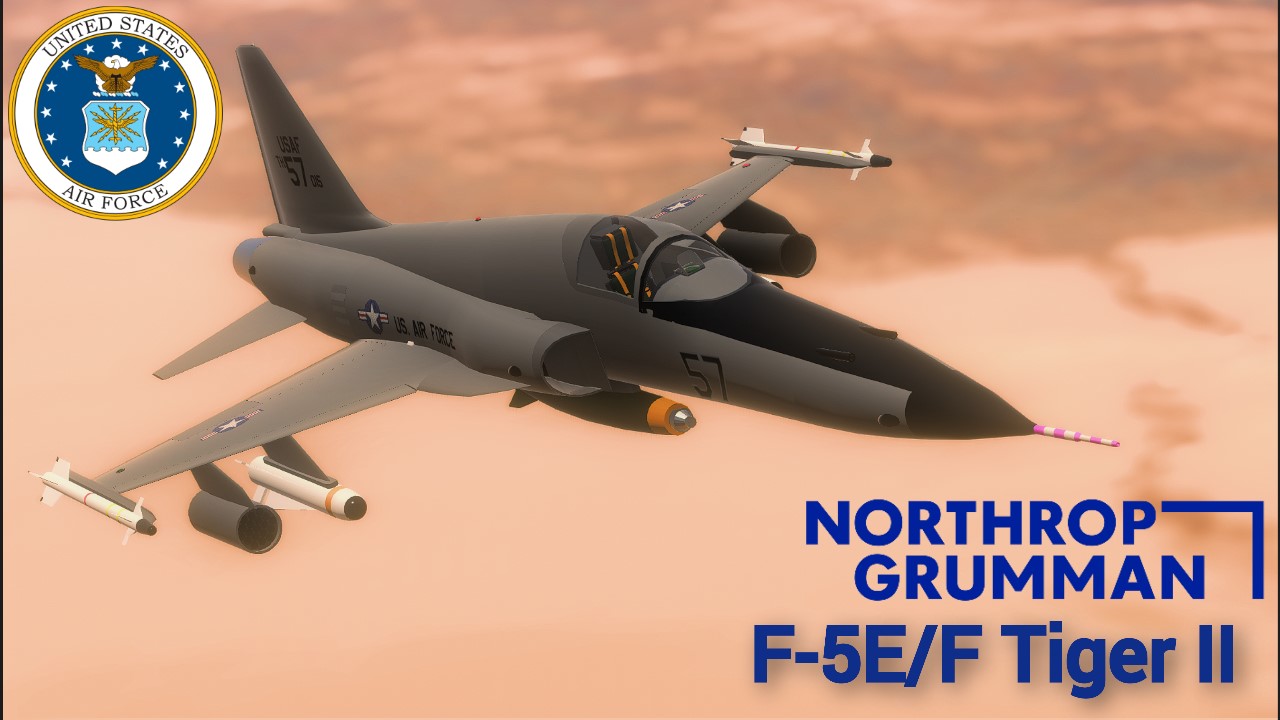
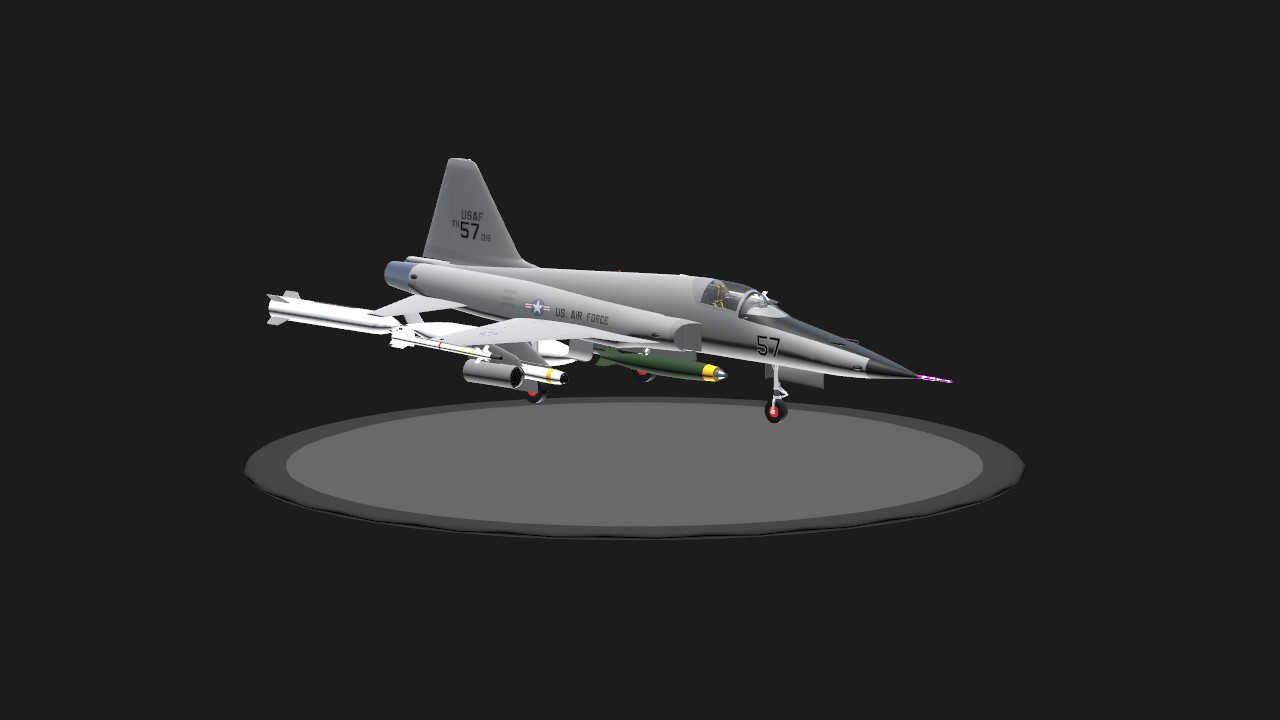





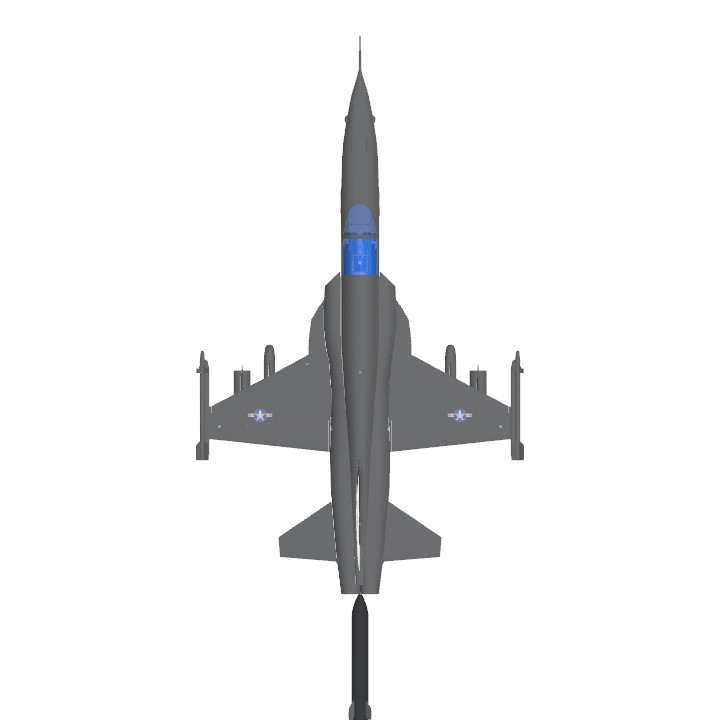
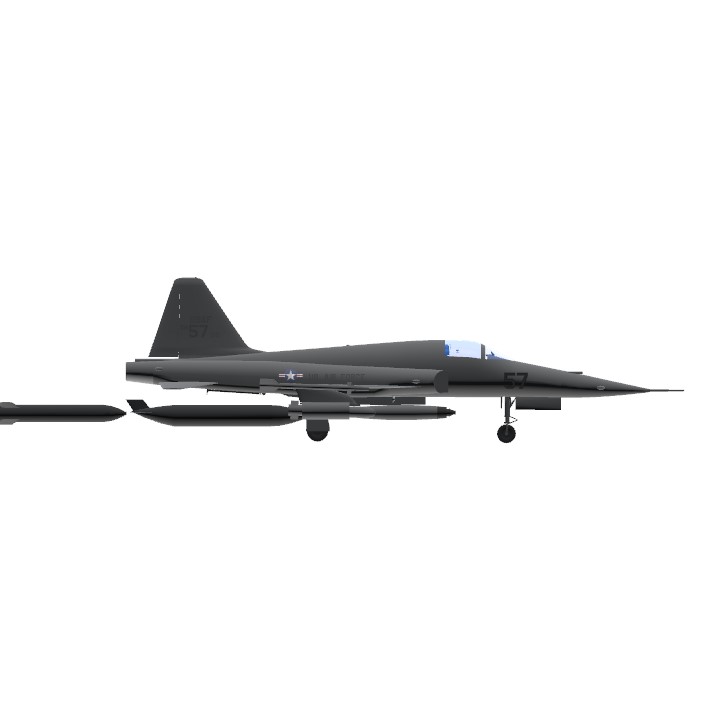
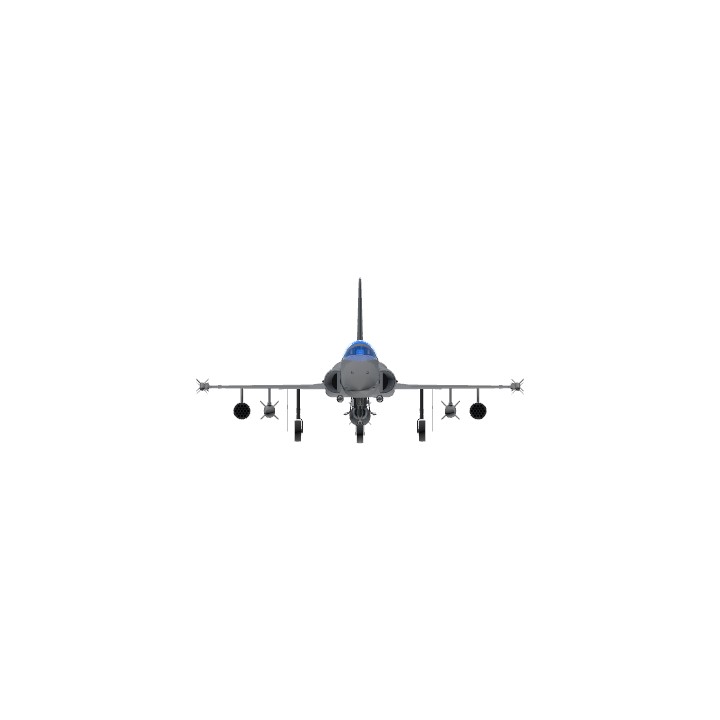
Fastest upvote from the Philippines 🇵🇭
Fastest upvote from Europe!
Fastest Updoot from the South